Saying “I’m sorry” can mitigate damage to a company’s reputation and business, but for an apology to resonate and be accepted by the public, some key elements need to be included.
During a recent lunch and learn at YDM, we got together to discuss the art of the apology after listening to this terrific episode of the Freakonomics podcast titled “How to Optimize Your Apology.” The episode largely revolves around ridesharing company Uber, which conducted a study on apologies given to passengers who were delivered to their destinations late. Uber discovered a few things about apologies:
A company that has mastered the above is Amazon: If one of your shipments from the e-commerce giant has ever gone awry, you’ve probably received an email apology followed by a replacement item at no additional cost. That restores trust in the relationship, which is the goal of any apology, and will prevent people from complaining on social media.
Uber’s apologies to its customers were made in private, but for public apologies, there are certain bases that need to be covered, said Dr. Karen Cerulo, a sociology professor at Rutgers University:
|
|
Identify the victim: Start here, with the person or people who were affected and acknowledge them. |
|
|
Show remorse |
|
|
Provide restitution if possible. |
What doesn’t work? Don’t start by talking about yourself, don’t wait, don’t apologize for how people interpreted your actions (“I’m sorry you feel that way”), and don’t try to explain things away with context.
These tips on how to apologize may seem like common sense, but the list of apologies gone wrong by celebrities and corporate executives alike (see: Roseanne, United Airlines) is too long to count. You also don’t have to wait for a PR crisis to optimize your apology, especially if you have a social media presence. The next time one of your customers reaches out with a complaint, remember what works and what doesn’t and — quickly! — start restoring that trust.What doesn’t work? Don’t start by talking about yourself, don’t wait, don’t apologize for how people interpreted your actions (“I’m sorry you feel that way”), and don’t try to explain things away with context.
In order to be timely with your apologies, make sure you have an action plan or protocol in place ahead of time. Designate a point person for your organization who will be responsible for monitoring your social media channels and understands your tone of voice. In many cases this will be your highly regarded, trusted marketing agency of choice (ahem). Don’t have a PR plan? Give our public relations team a shout! You won’t be sorry.
















